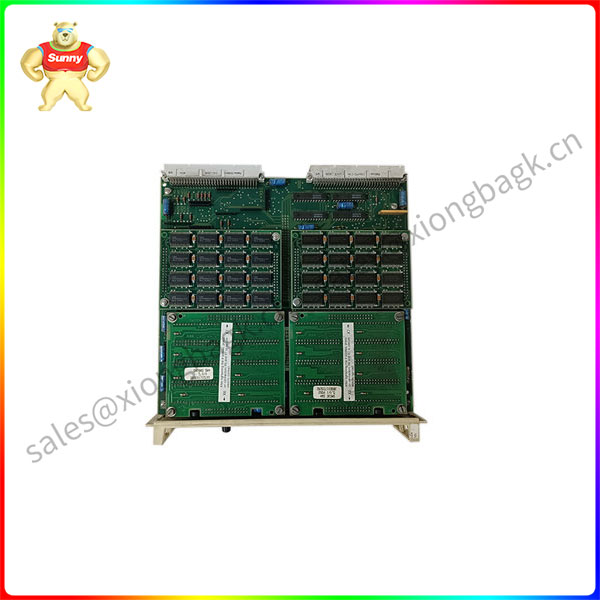The links of the industrial chain are not connected enough, and the core components rely on imports
Instrumentation research and development, manufacturing and application needs should form a closely linked industrial chain closed loop, instrument manufacturing enterprises should gather a number of core parts manufacturing enterprises, and it is necessary and responsible to prioritize the cultivation of a number of local core parts manufacturing enterprises, Huawei’s industrial layout in the field of 5G and mobile phone chips is worthy of reference for domestic instrumentation large enterprises.
DSPC174 3BSE005461R1 The problems of the industrial chain can be explained from three perspectives: research and development, production and application. The majority of universities are free exploration-oriented research and development, and generally lack the whole chain research and continuous funding mechanism from design to product application. Researchers lack the depth of research and understanding of core technology and calibration technology, and the conversion rate of scientific and technological achievements of instrumentation is low. Domestic instrument small and medium-sized enterprises do not have the ability to carry out independent innovation research and development for a long time, nor do they have the funds to actively establish a benign industry-university-research cooperation, enterprises lack the basic common technology accumulation and composite technical personnel, and products are mainly to follow research and development; Domestic instruments are concentrated in the application of low-end products and homogenized market competition, and industrial competition and technological development are not coordinated. In addition, the measurement and detection of instruments are facing a new generation of measurement system changes in quantum metrology, and other links in the industry chain have not followed up the development in time.
Excessive dependence on imports of core components is a major bottleneck problem in the domestic instrument industry chain. The instrument and meter industry needs to follow the global industrial chain coordinated development model, but in the current stage of high-quality development of China’s manufacturing industry and the new situation of international trade competition, the status quo of excessive dependence on imports of instrument and meter core components has seriously restricted the development of China’s instrument and meter enterprises, and then seriously affected China’s instrument and meter industry to the national economy and national defense security. At present, the key core parts market such as source parts, sensors and detectors needed by China’s high-end instrumentation products is basically occupied by foreign enterprises, and the profit margin of instrument and meter manufacturers is seriously compressed, and the short board of the industrial chain is long-term and increasingly serious.
1.4.3 The industry brand building cycle is very long, and the investment scale is generally low
Instrumentation is a typical high-tech and high-intelligence intensive industry and products, instrumentation research and development cycle is very long, need more than ten years, even decades of technical DSPC174 3BSE005461R1 precipitation and intellectual investment, in order to achieve the expected technical effects and long-term income benefits. High-end instruments, especially high-end scientific instruments, are more difficult to develop, require long-term capital investment, and promotion and application and brand building require long-term unremitting efforts. Foreign first-line instrument companies such as Thermo Field, Shimadzu, Roche, Fluke, etc., have spent decades of long-term investment and accumulation in order to create international brands, and the R&D investment of these instrument companies still maintains a rapid growth, and has also absorbed a large number of government and industry project funding.
Although there is no lack of listed companies in China’s instrumentation industry, the investment scale is generally low and the investment in all aspects of product development is unbalanced. As of 2019, there are more than 4,400 enterprises above the scale of China’s instrument and meter industry, and many instrument and meter high-tech industrial parks and university incubators, but there are only 4 companies listed on the main board of China’s instrument and meter industry, while there are 9 small and medium-sized enterprises, 12 GEM, more than 150 new third board, and 6 science and technology innovation board. It can be seen that listed enterprises in China are mainly small and medium-sized enterprises, and the investment scale is generally low. In addition, social investment is basically concentrated on products and enterprises with higher industrialization maturity, and the investment method rarely supports the early research and development of instruments, basic process materials and system performance design, but these are precisely the links that most need capital investment and project support for instruments.
 中文版
中文版





